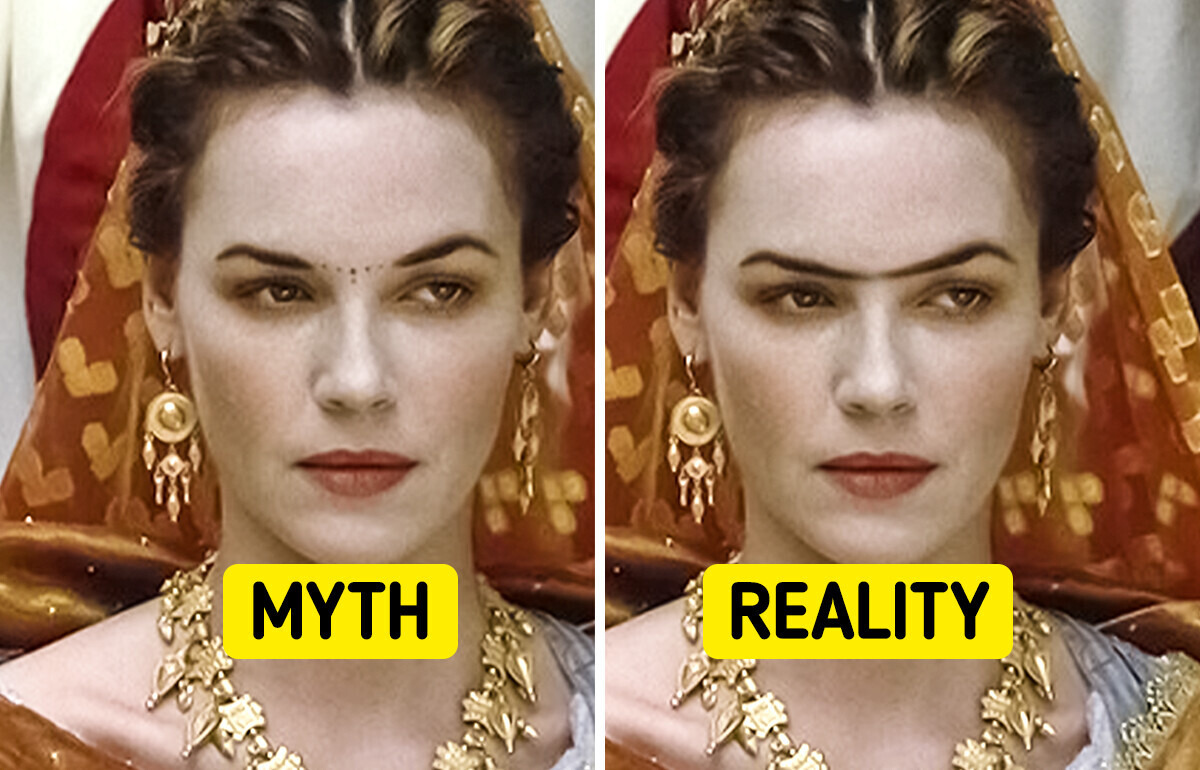10 Bone-Chilling Encounters That Made People Say, “This Person Is Creepy”

Curiosities
year ago

Ancient Greece is traditionally remembered for its philosophy, mythology, and great buildings—but there's a lesser-known side that hardly finds its way into textbooks. Under the neat image is a world of strange customs, polarizing beliefs, and odd rituals. These facts reveal a raw and shocking glimpse at a civilization that held sway over much of the modern world, but that had secrets few are ready to admit.
History is full of strange twists—but these 20 eerie coincidences are on another level. From chilling parallels to impossible timing, these stories will leave you questioning reality.











